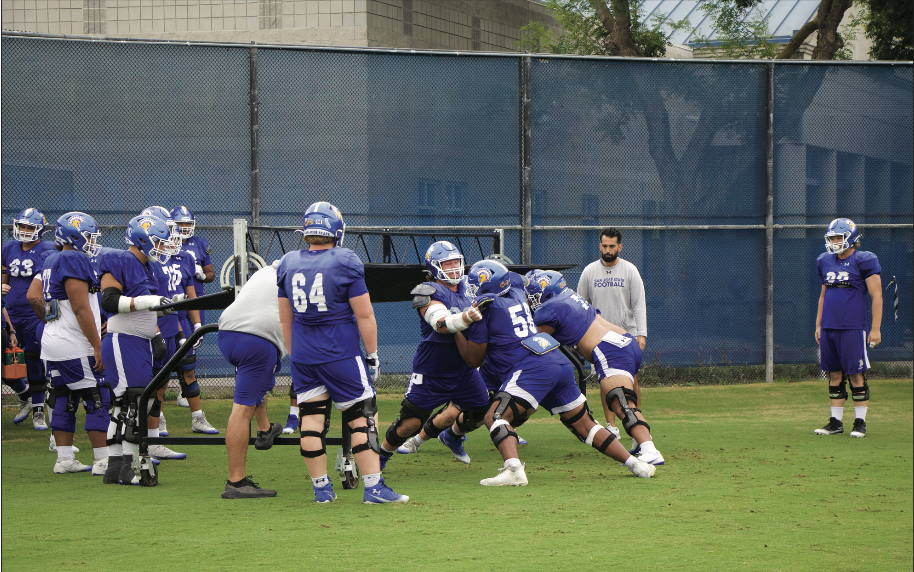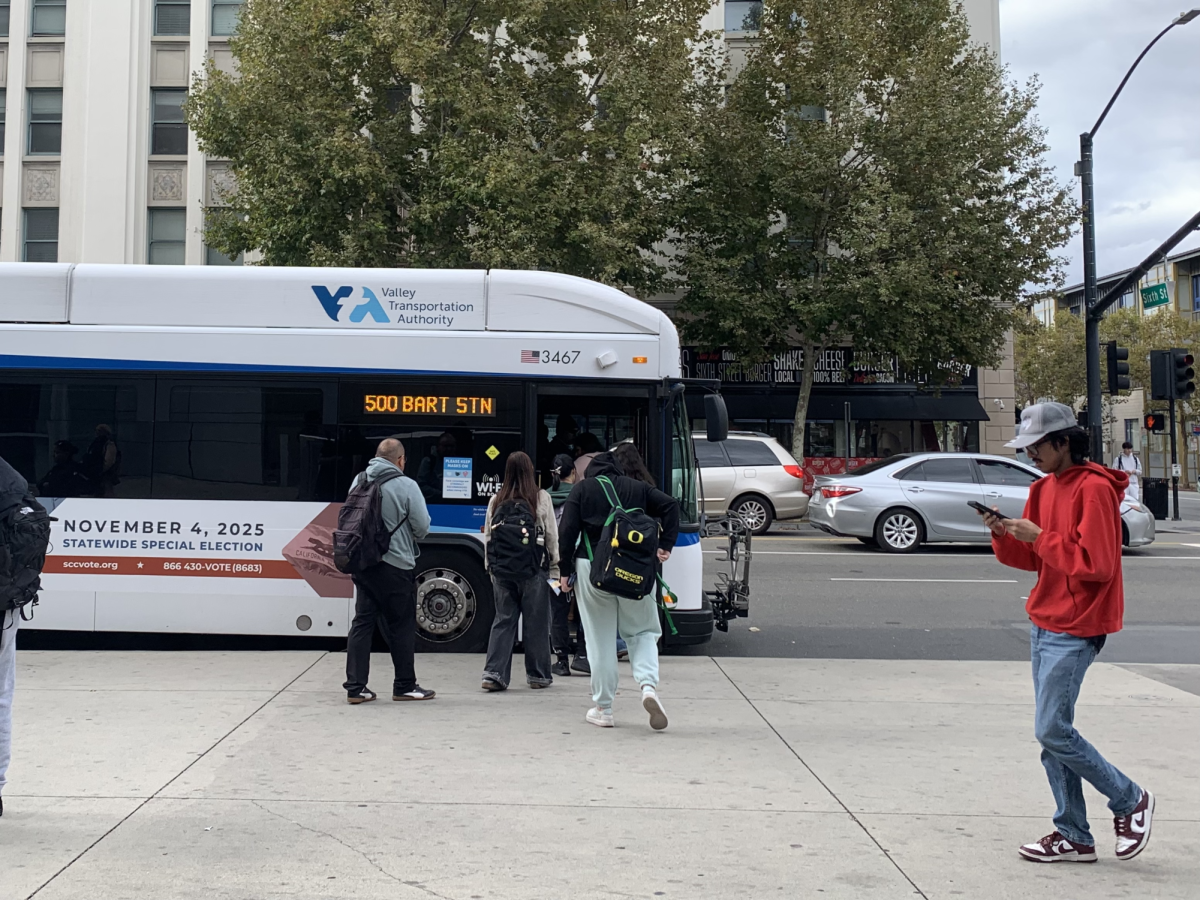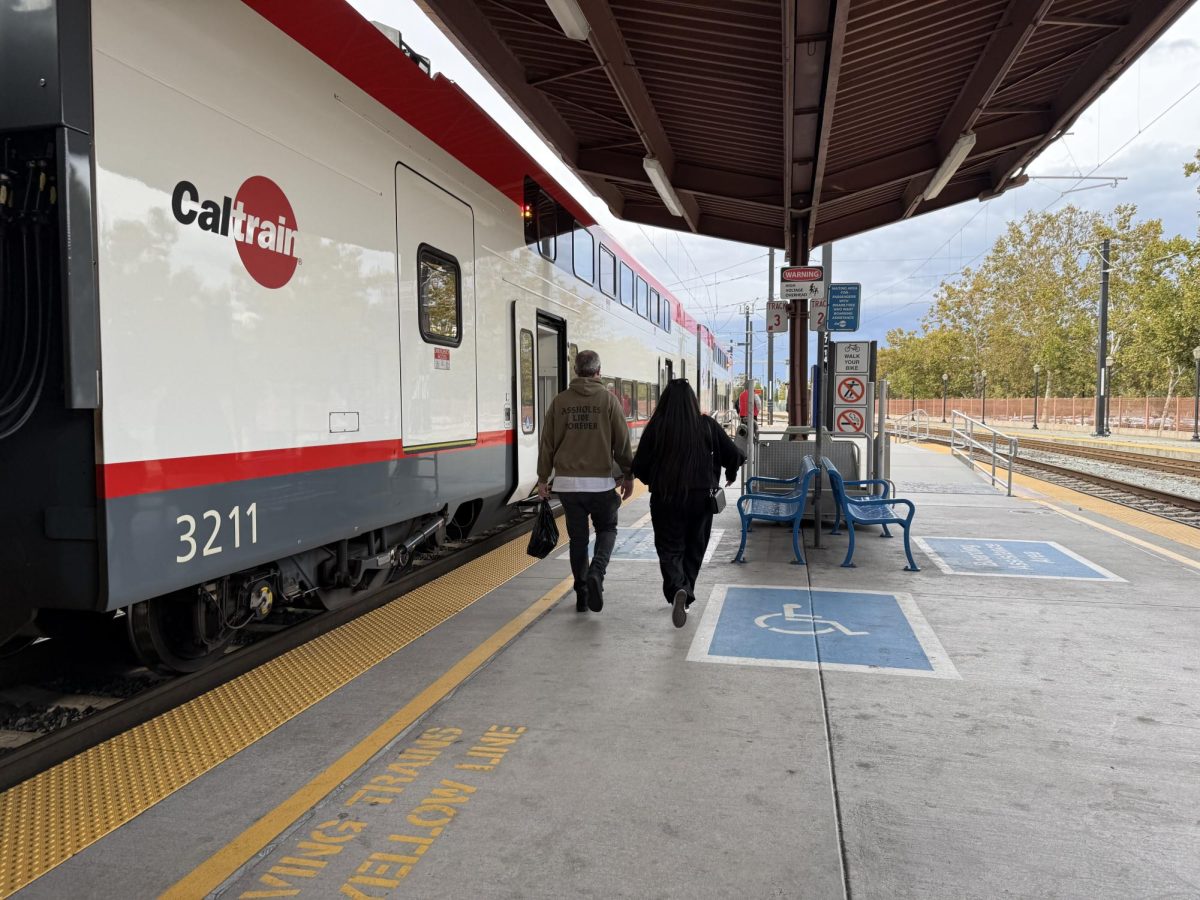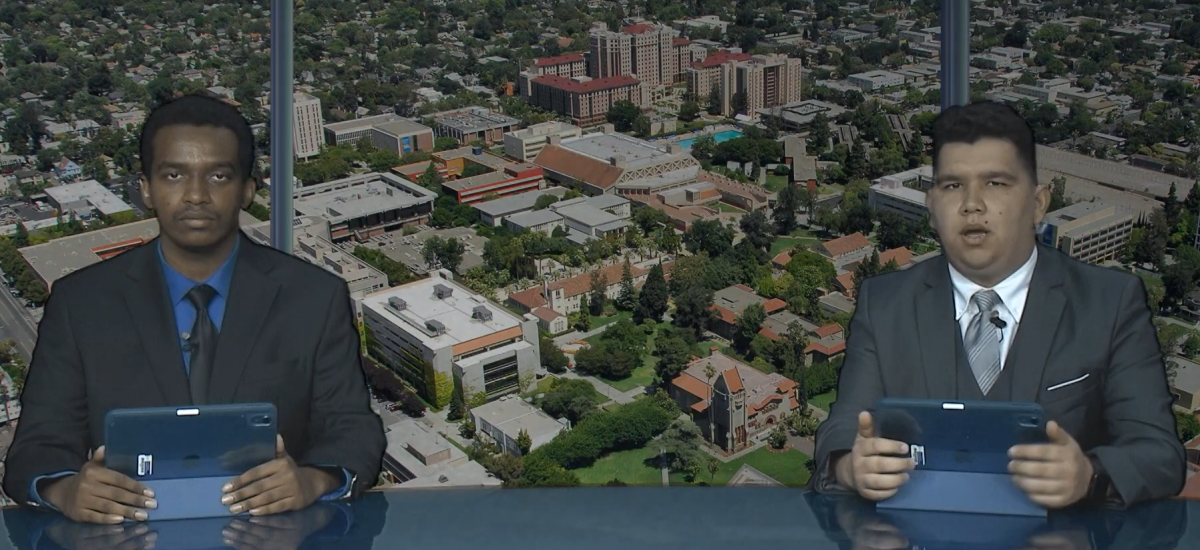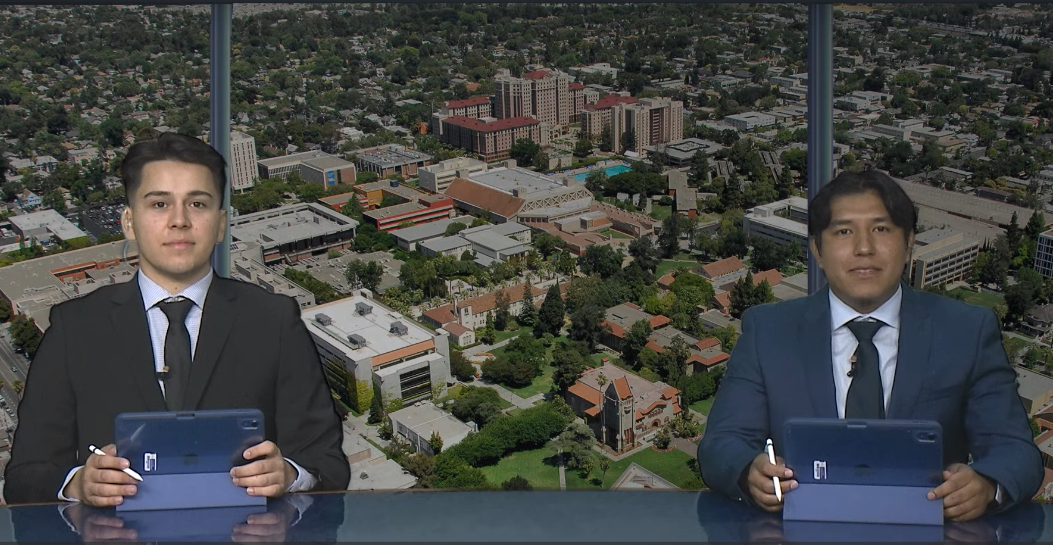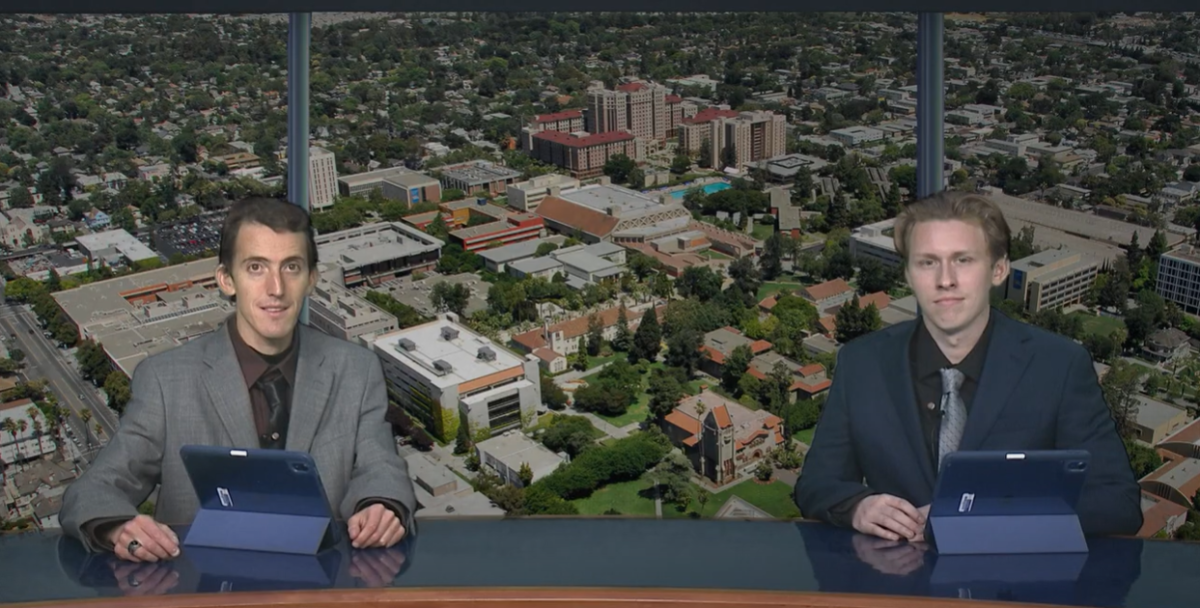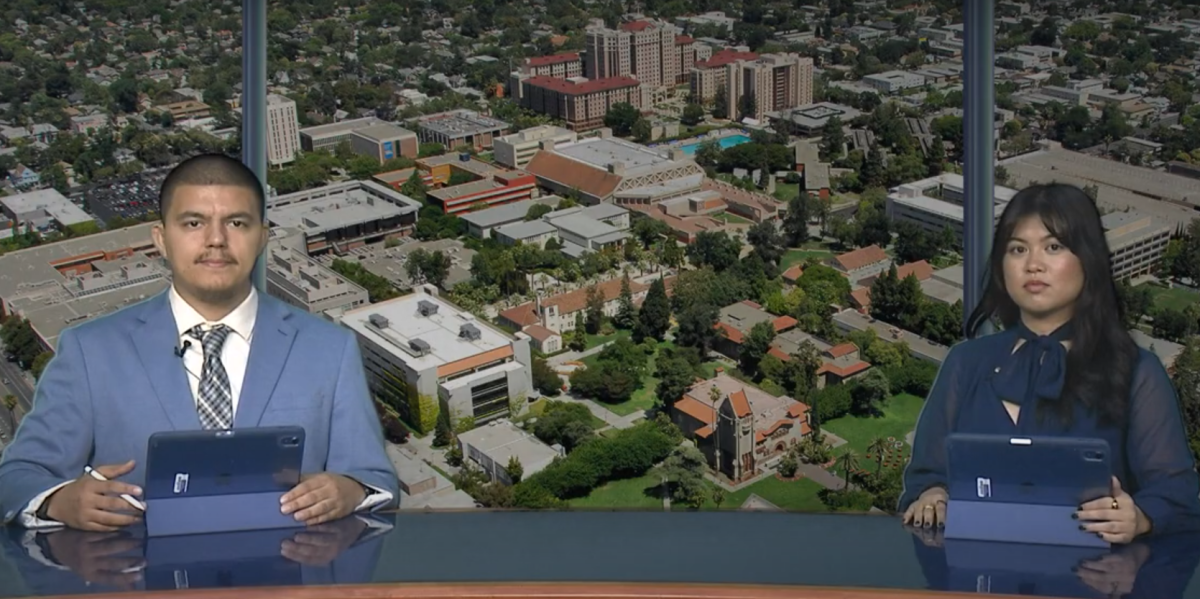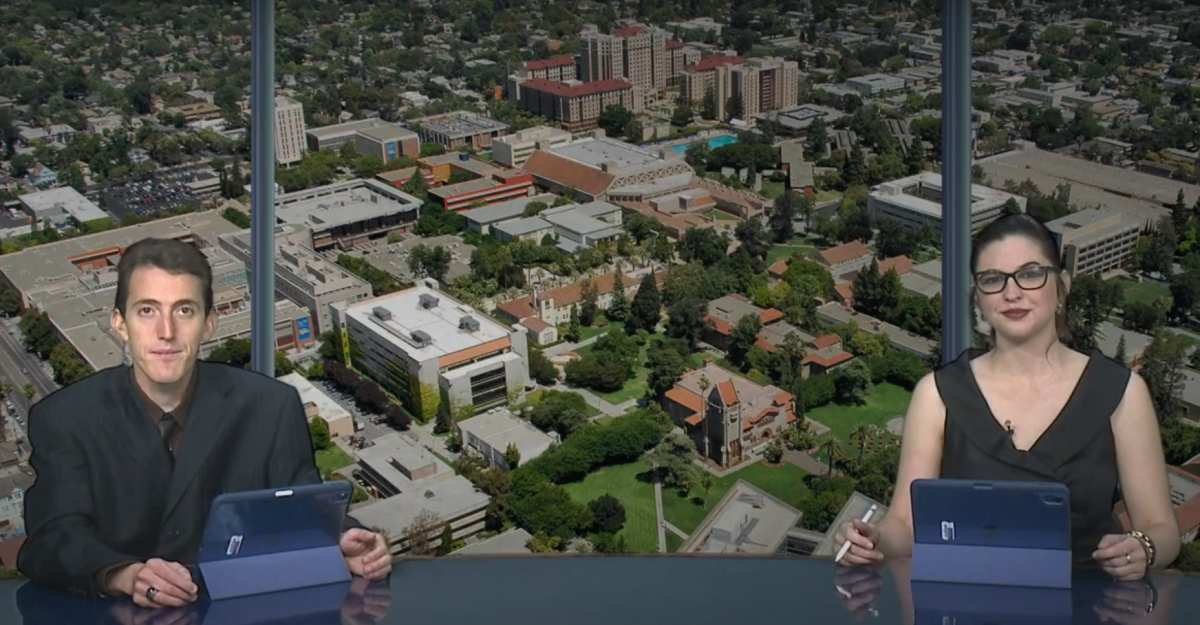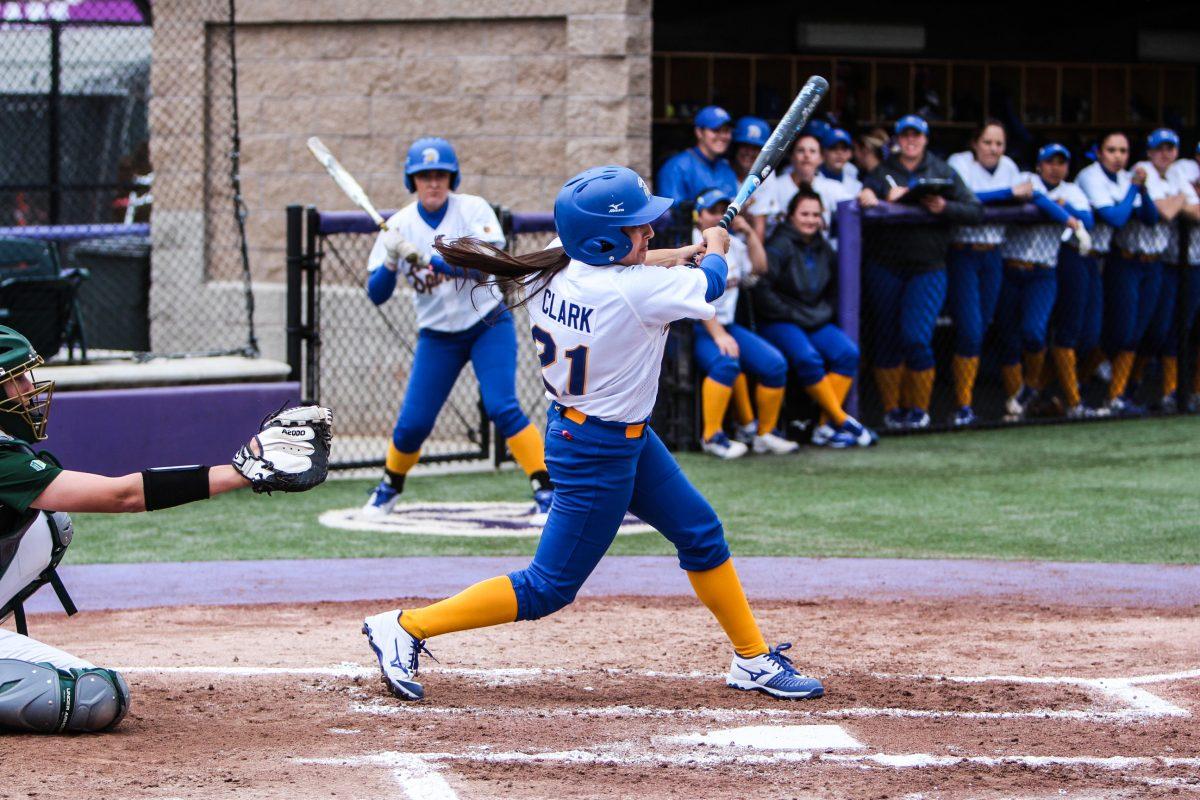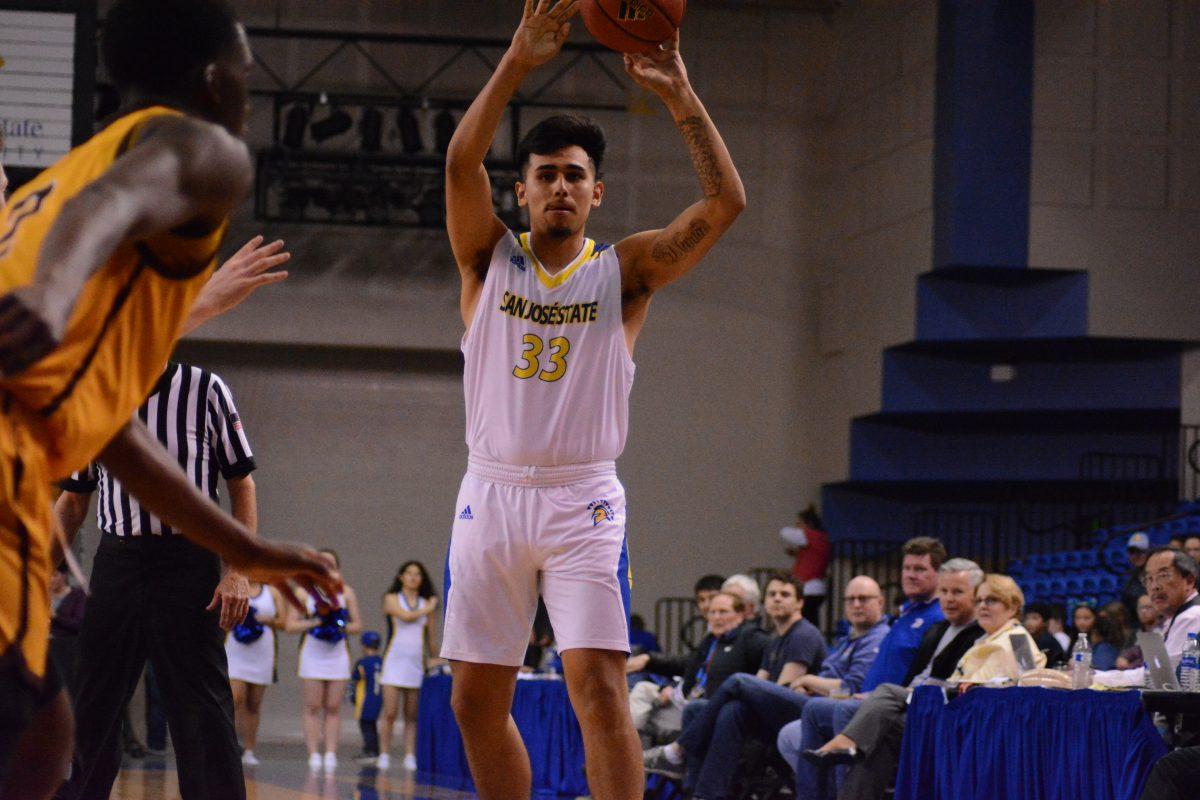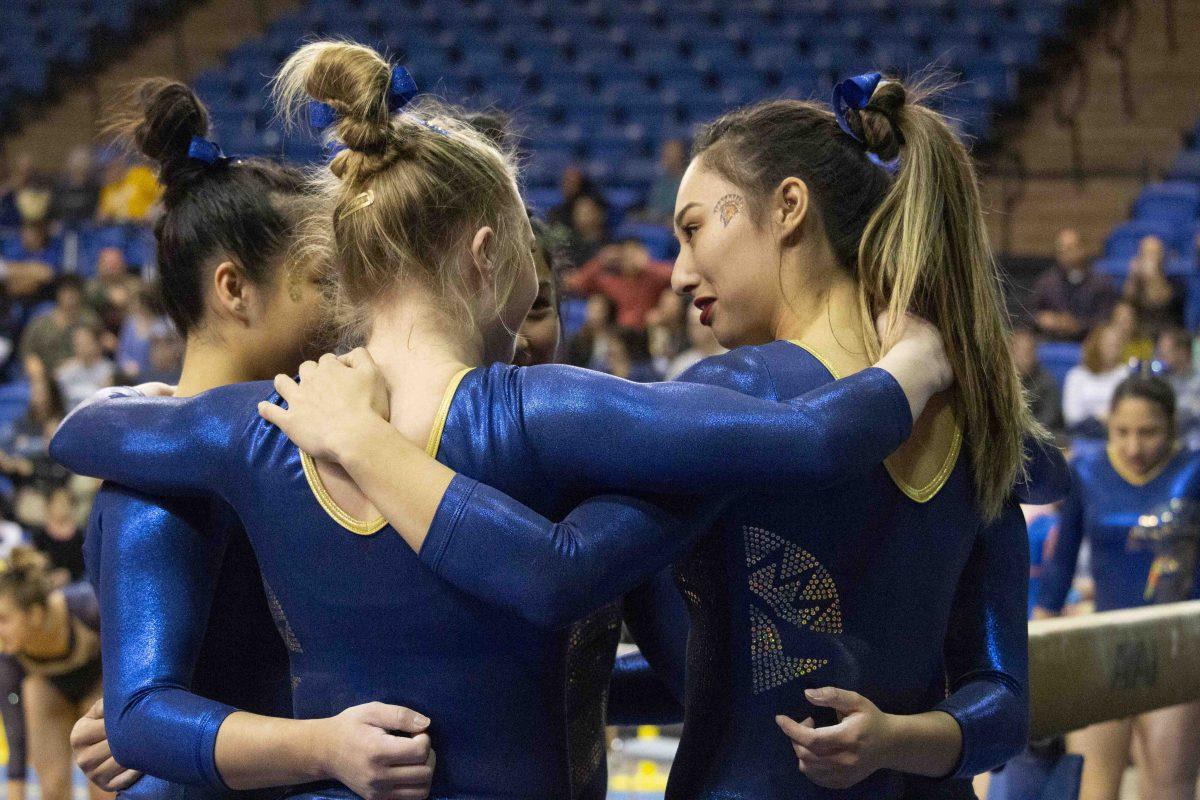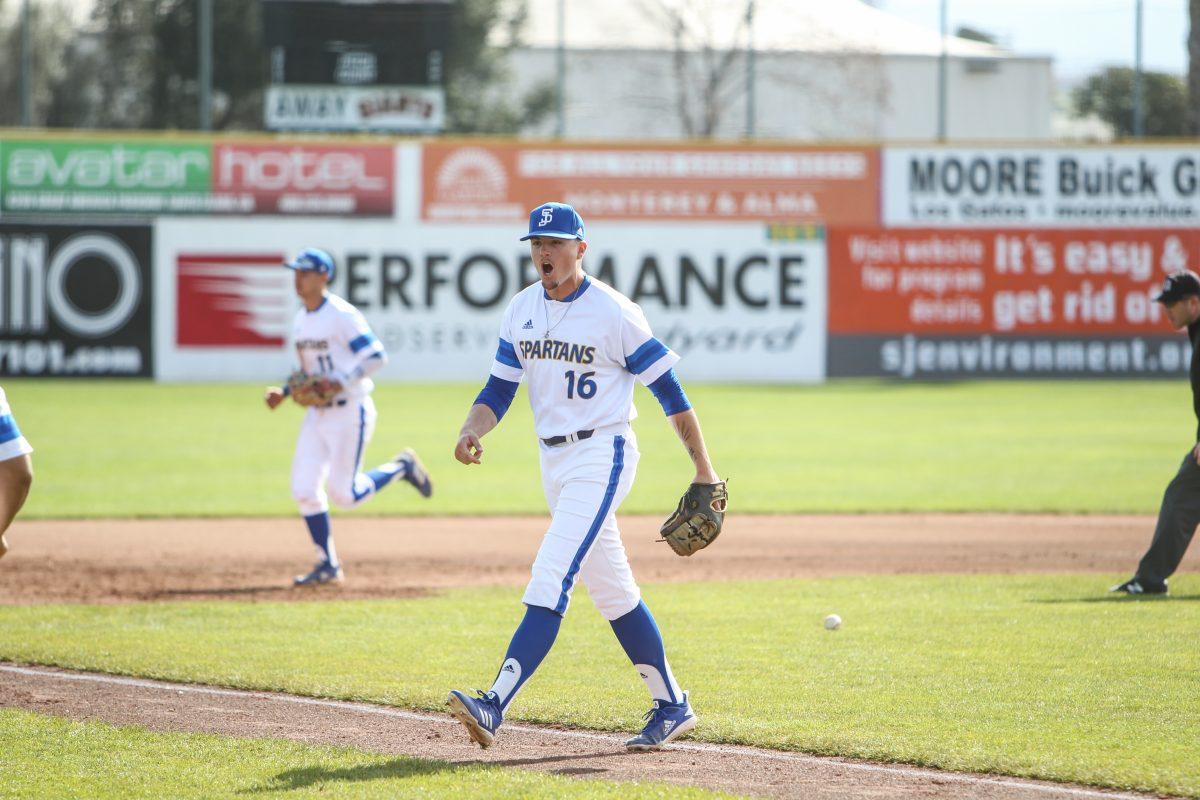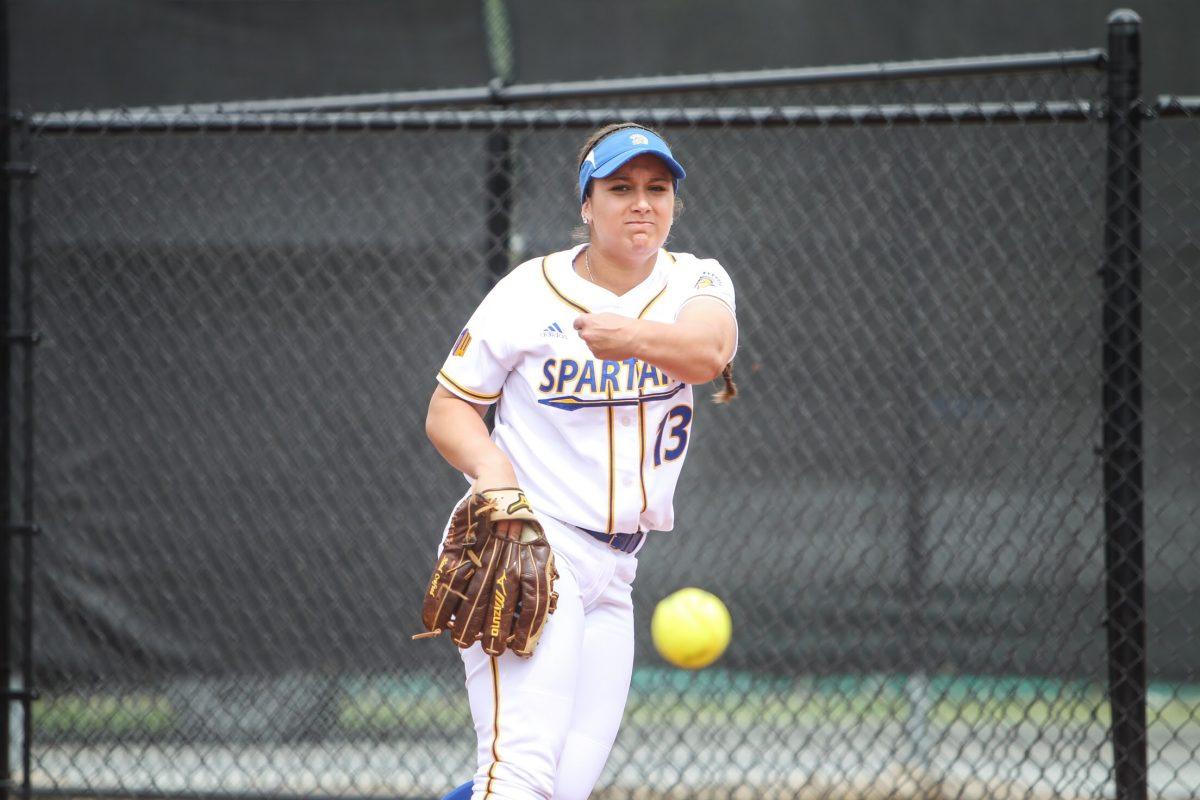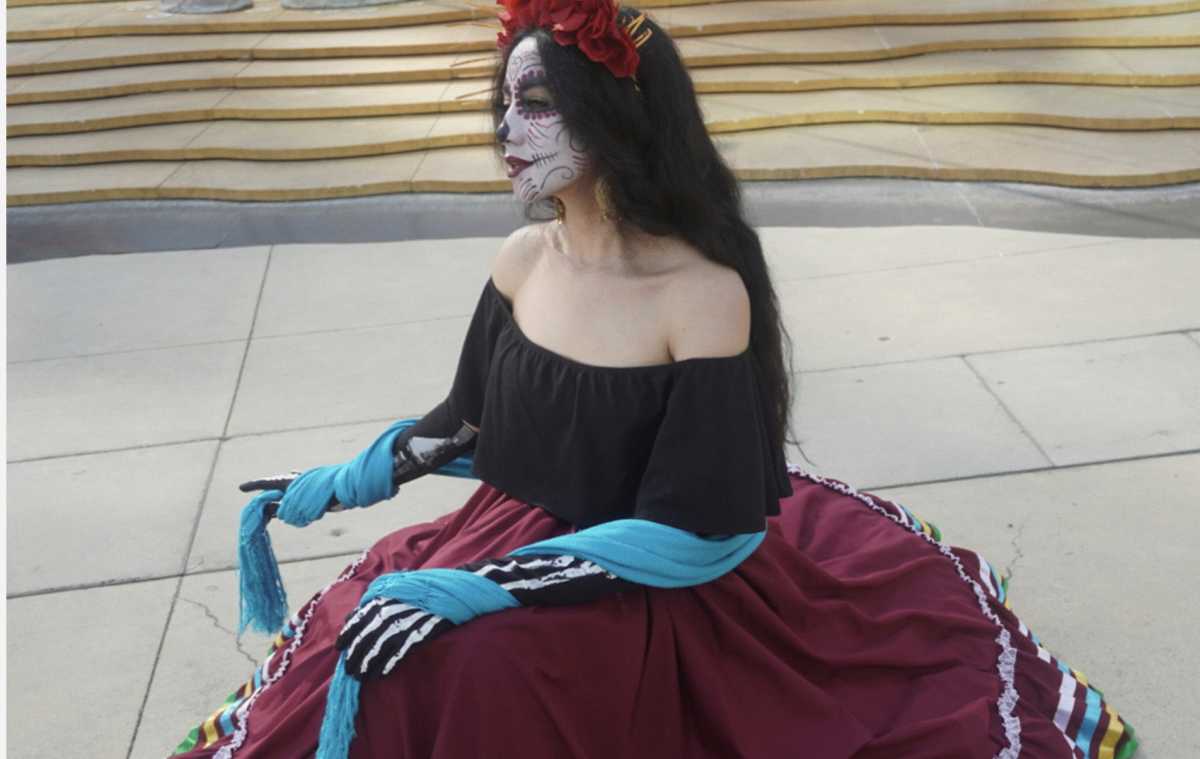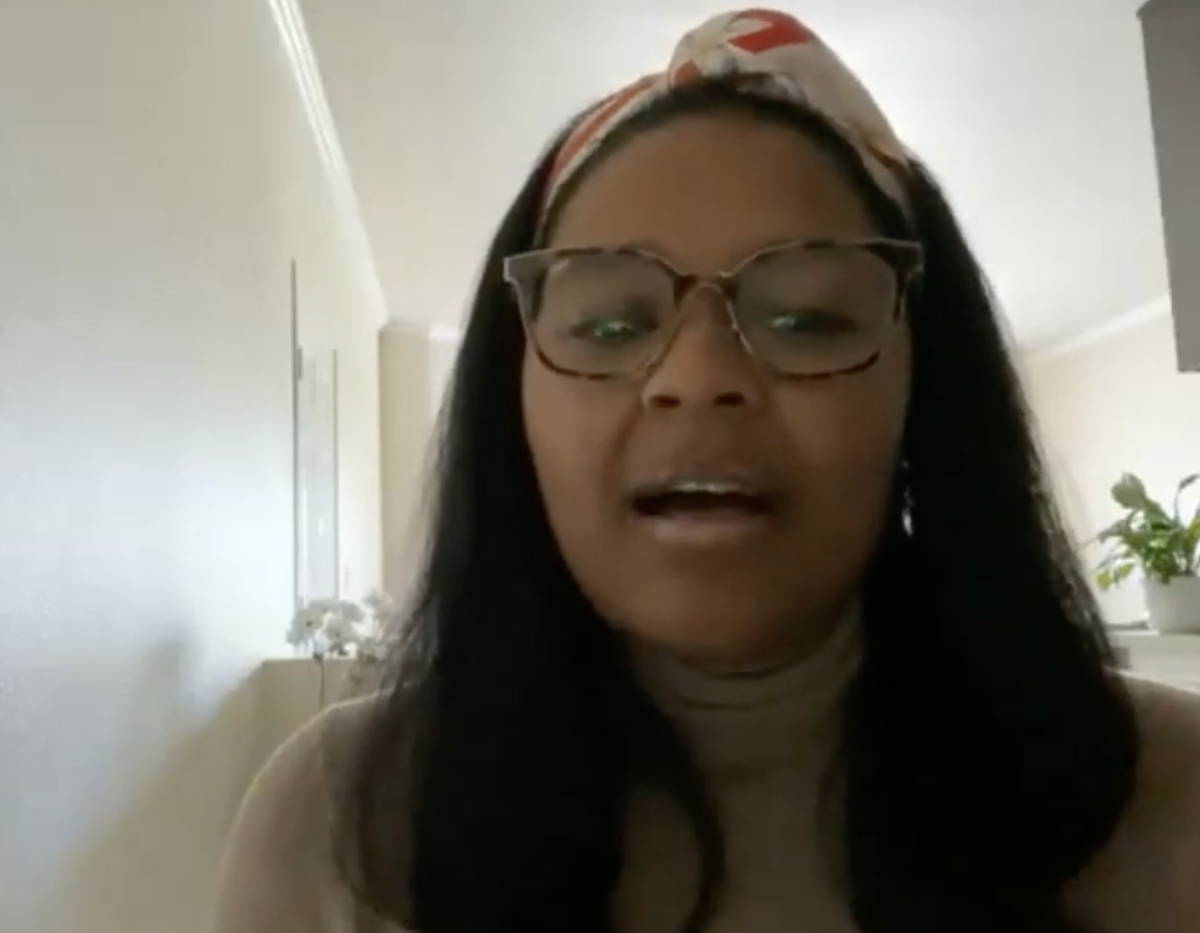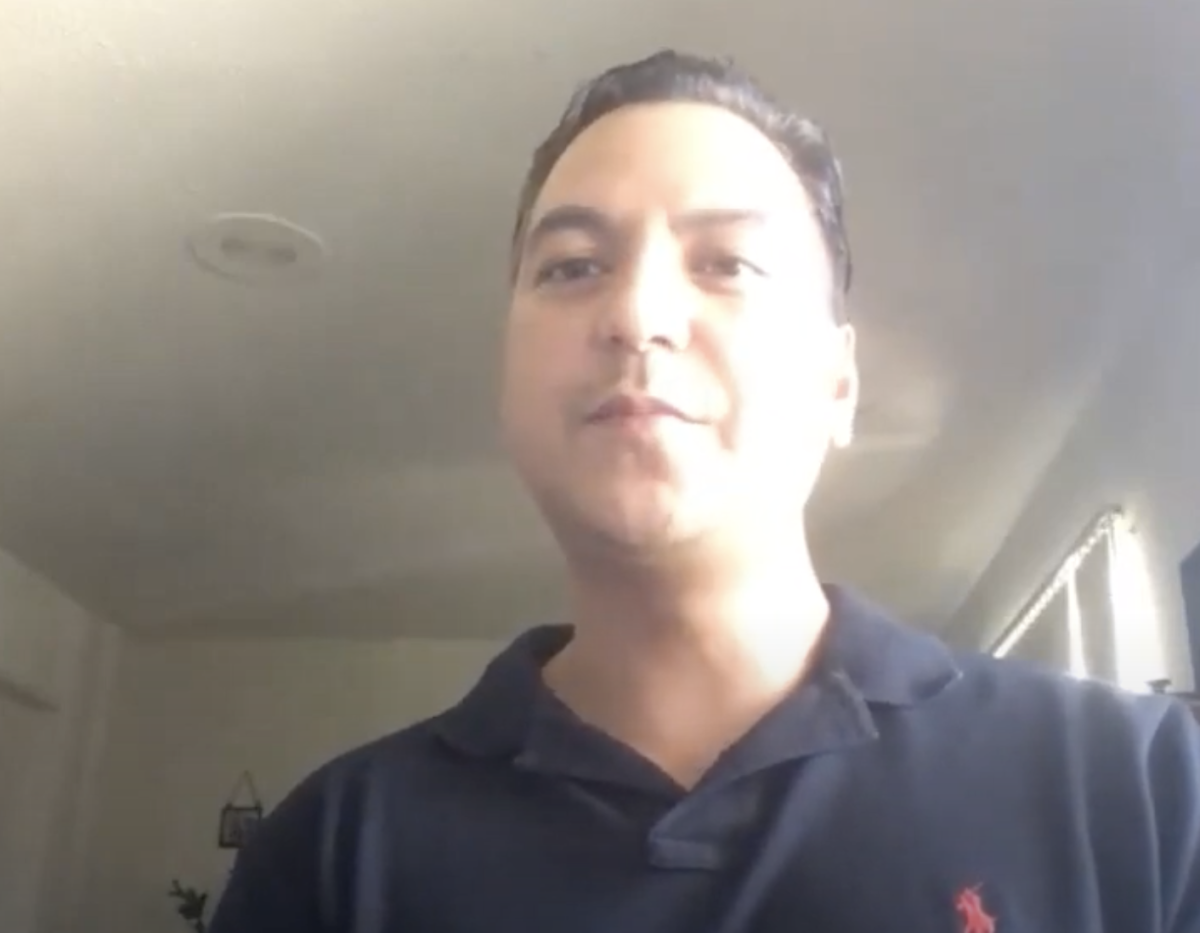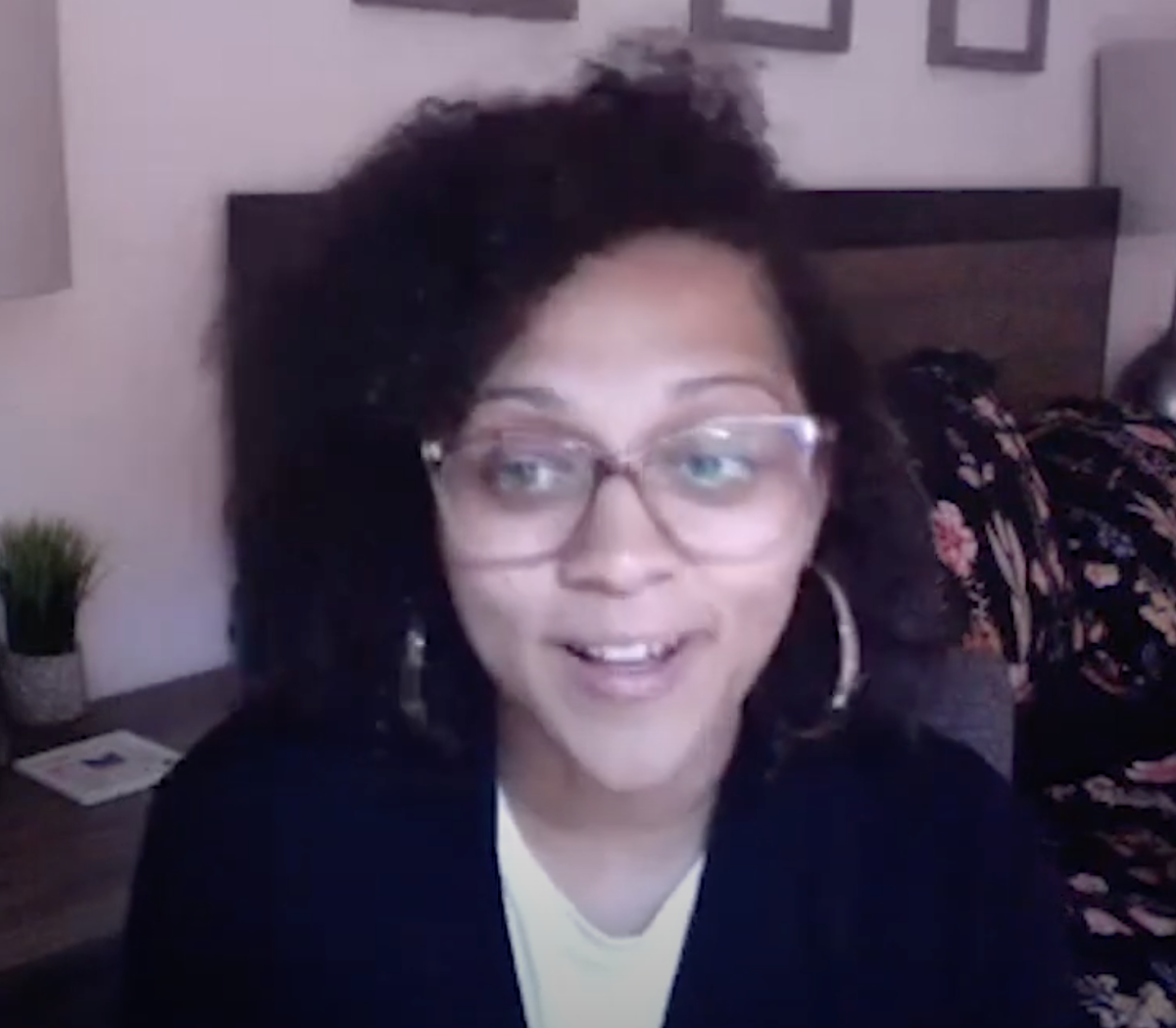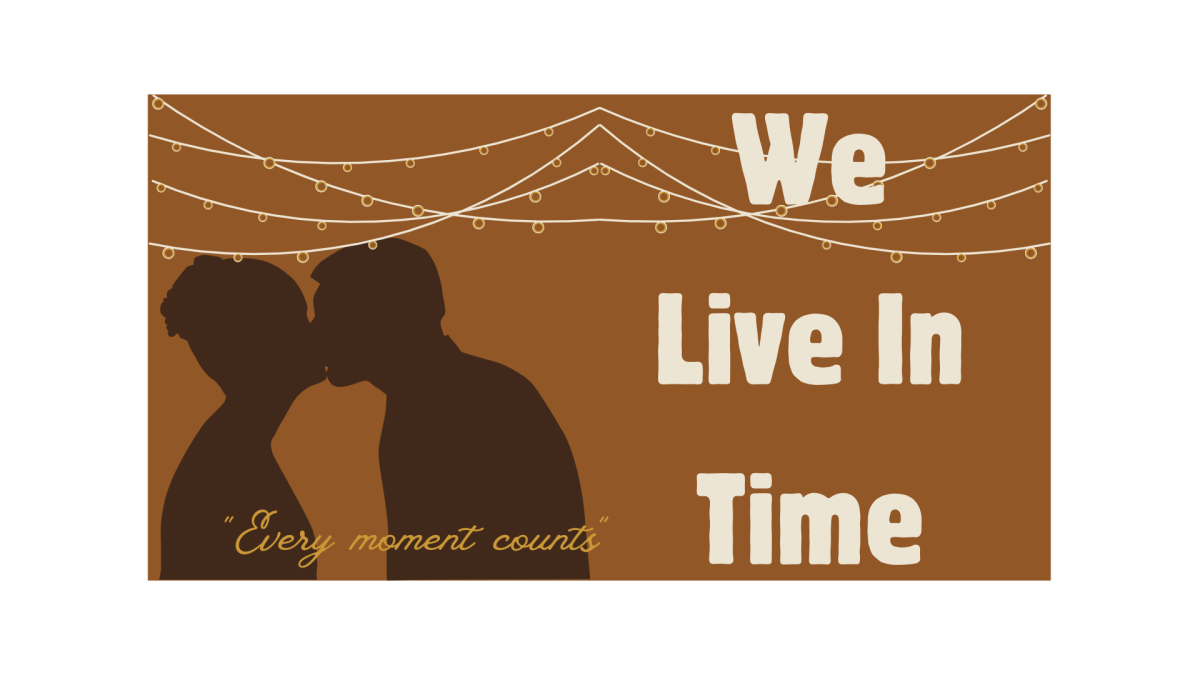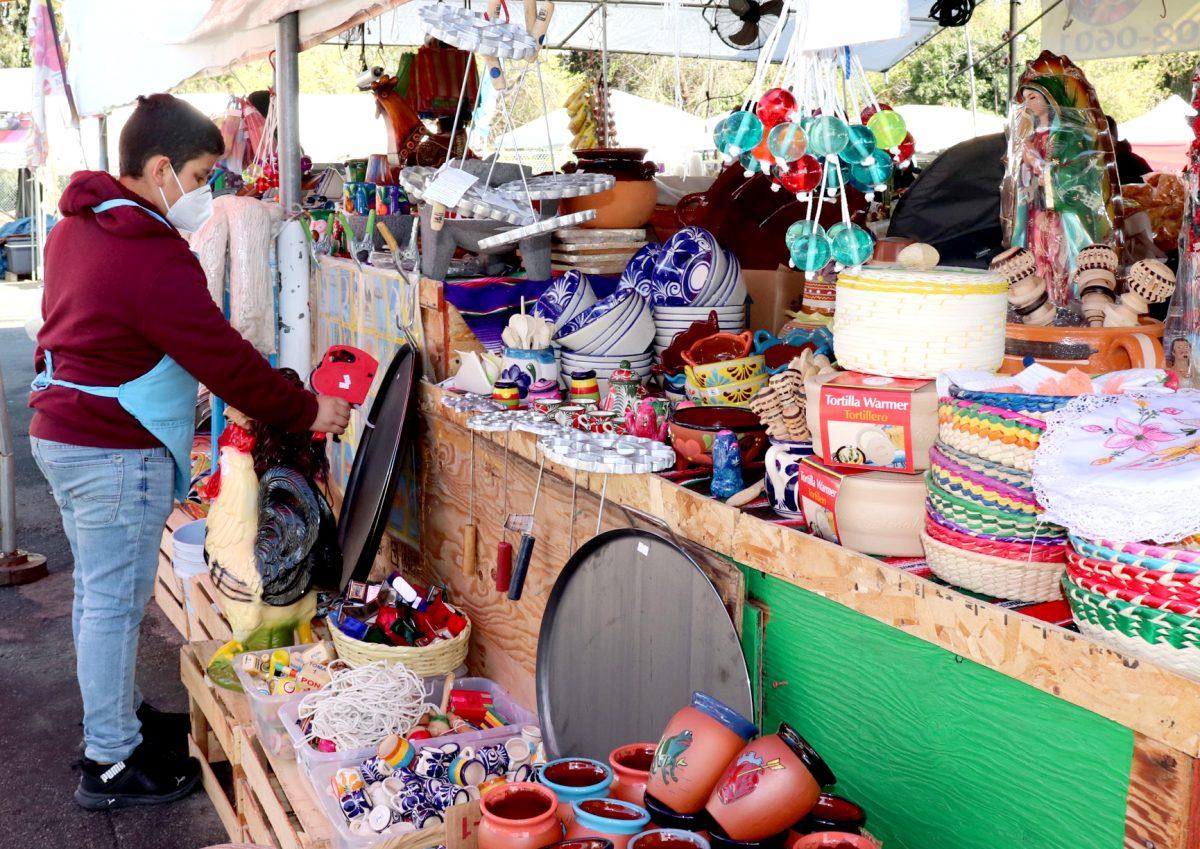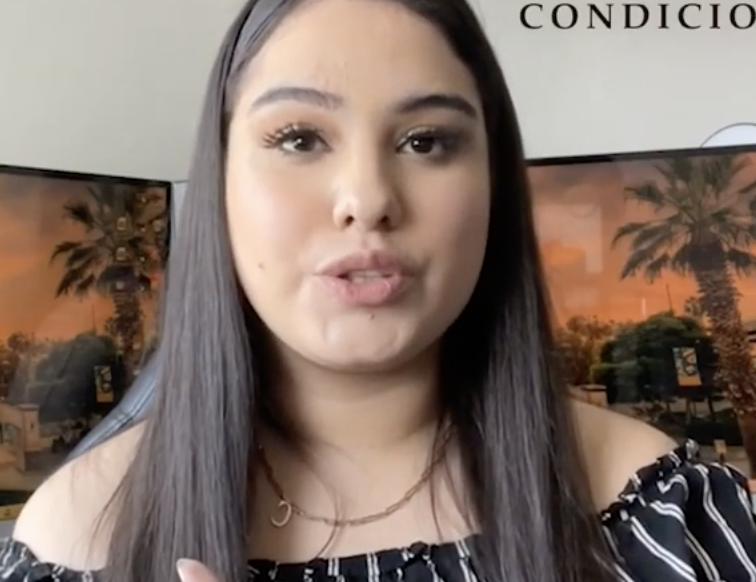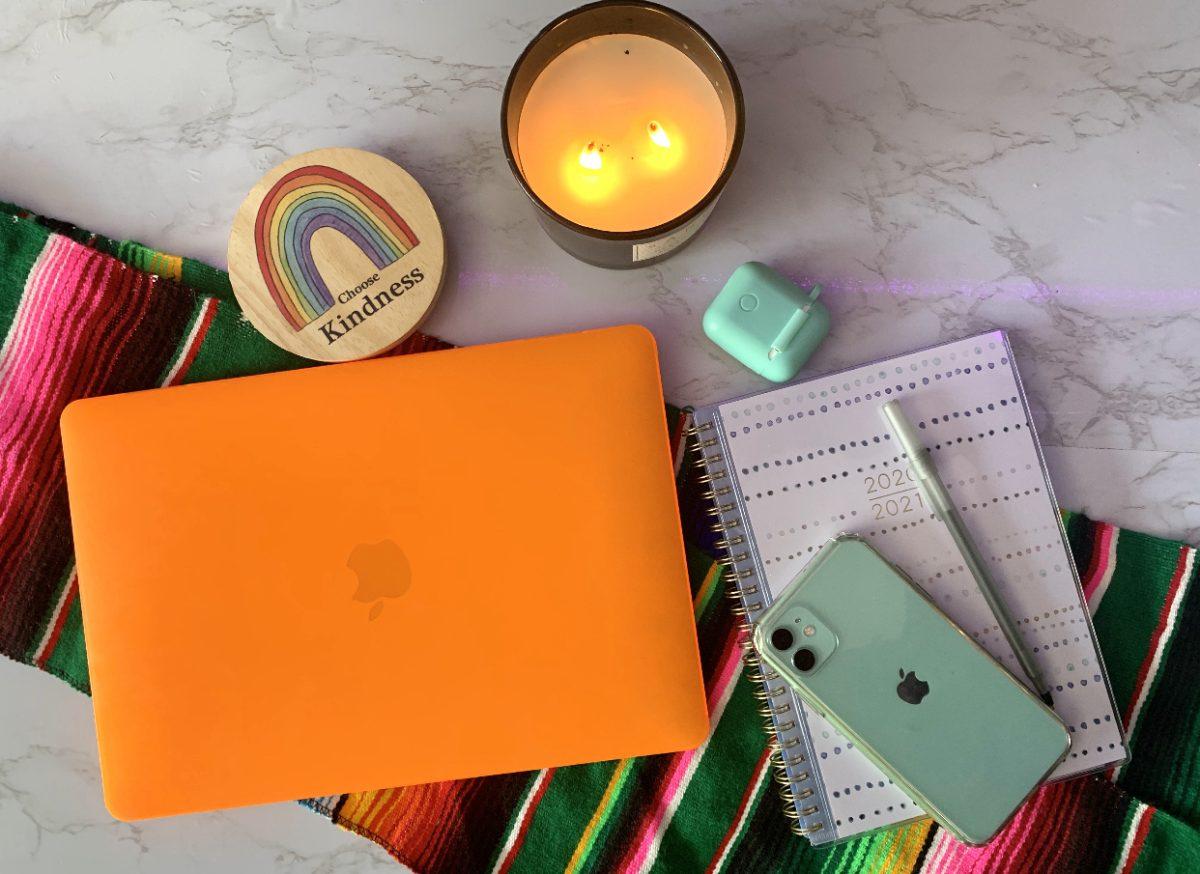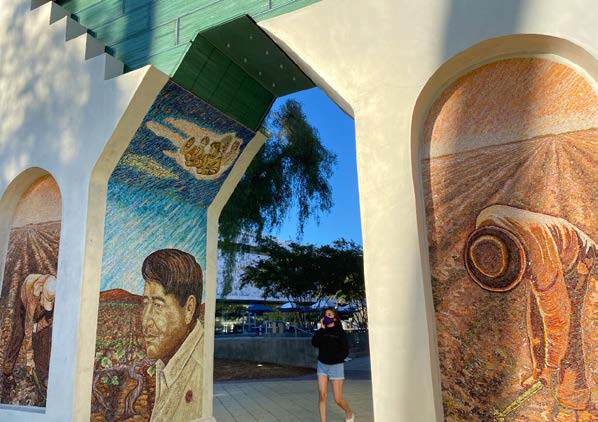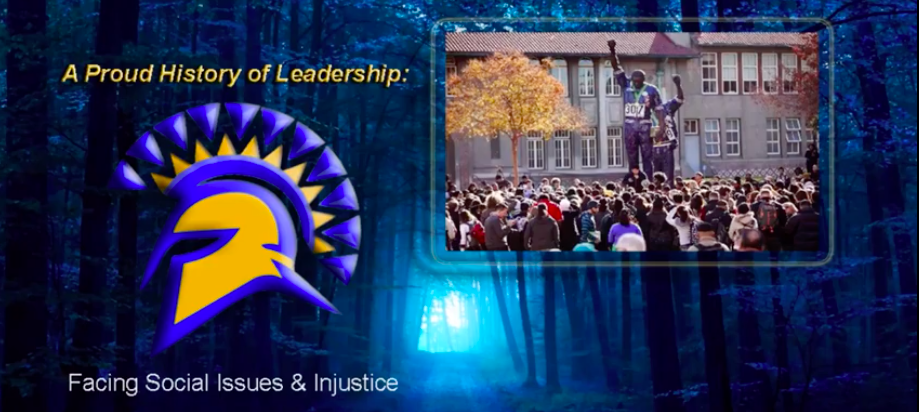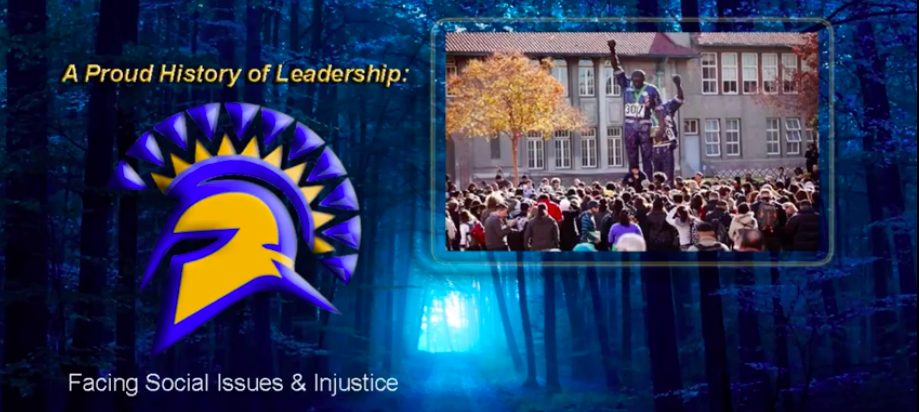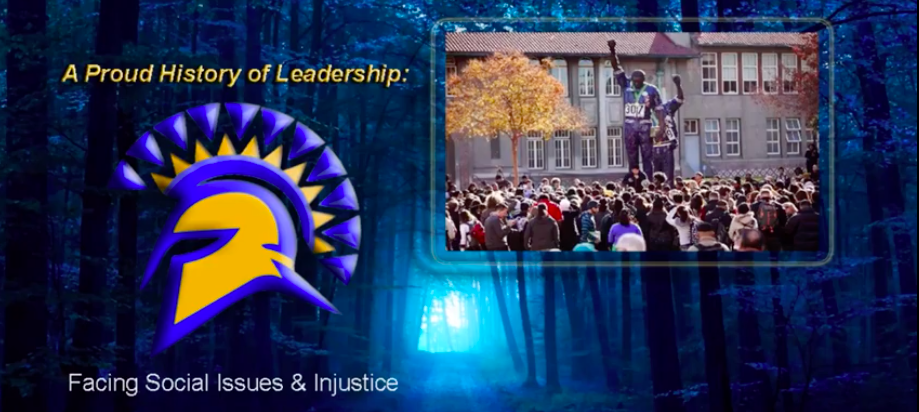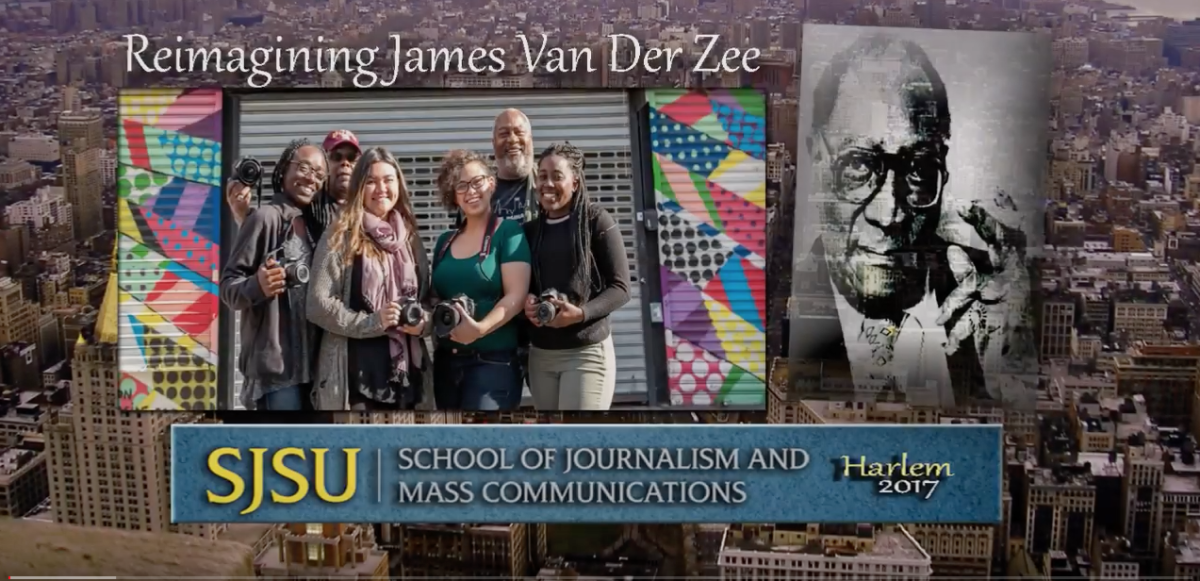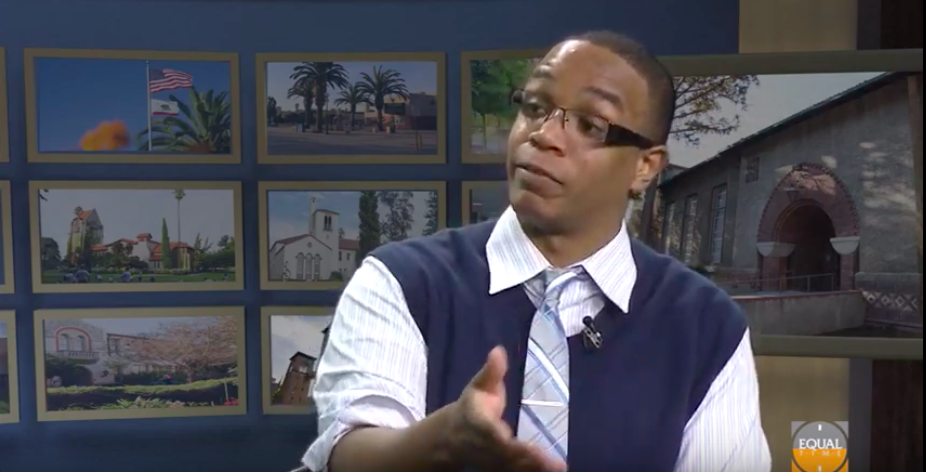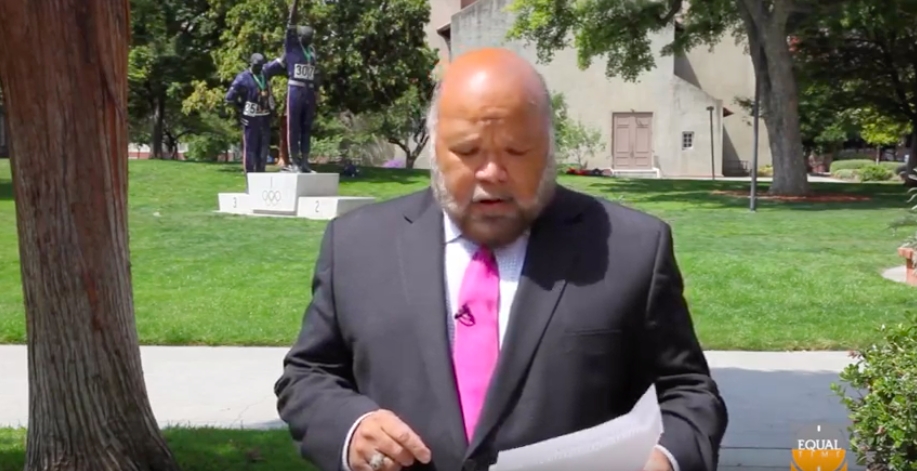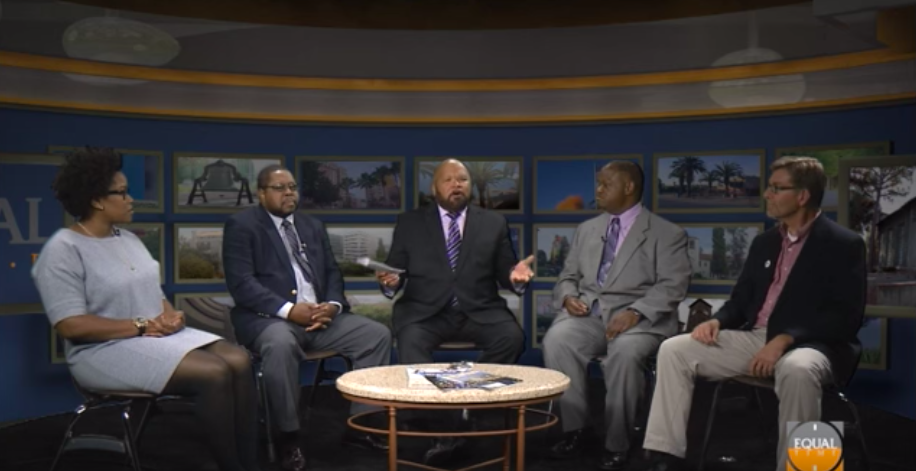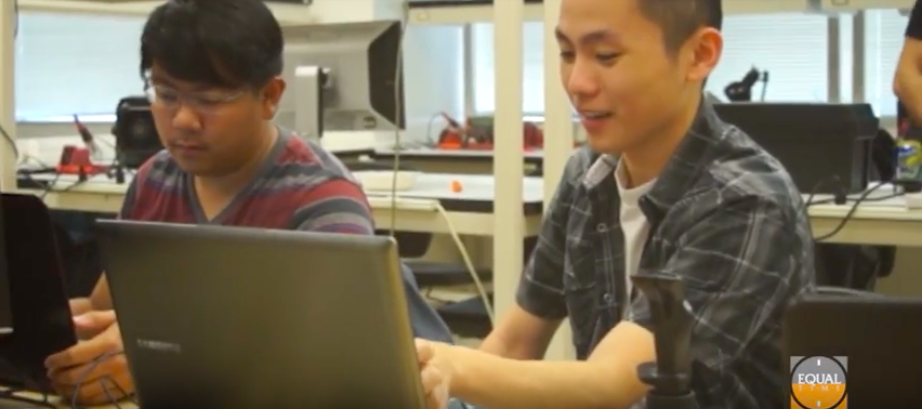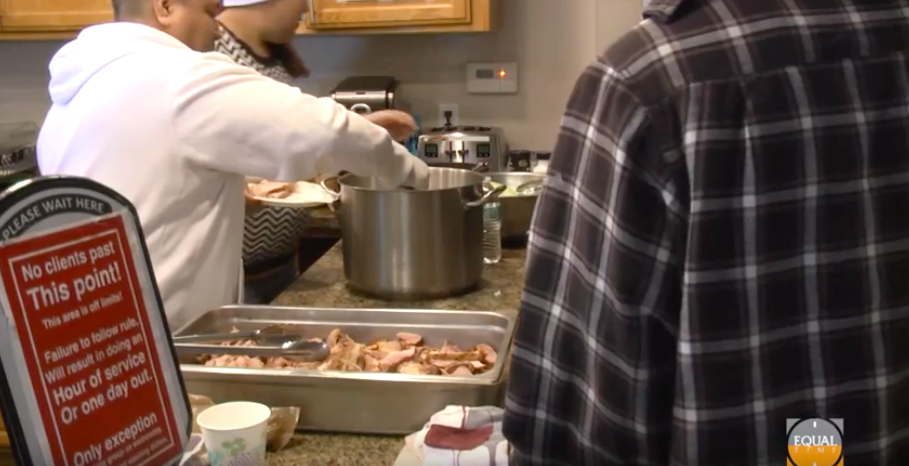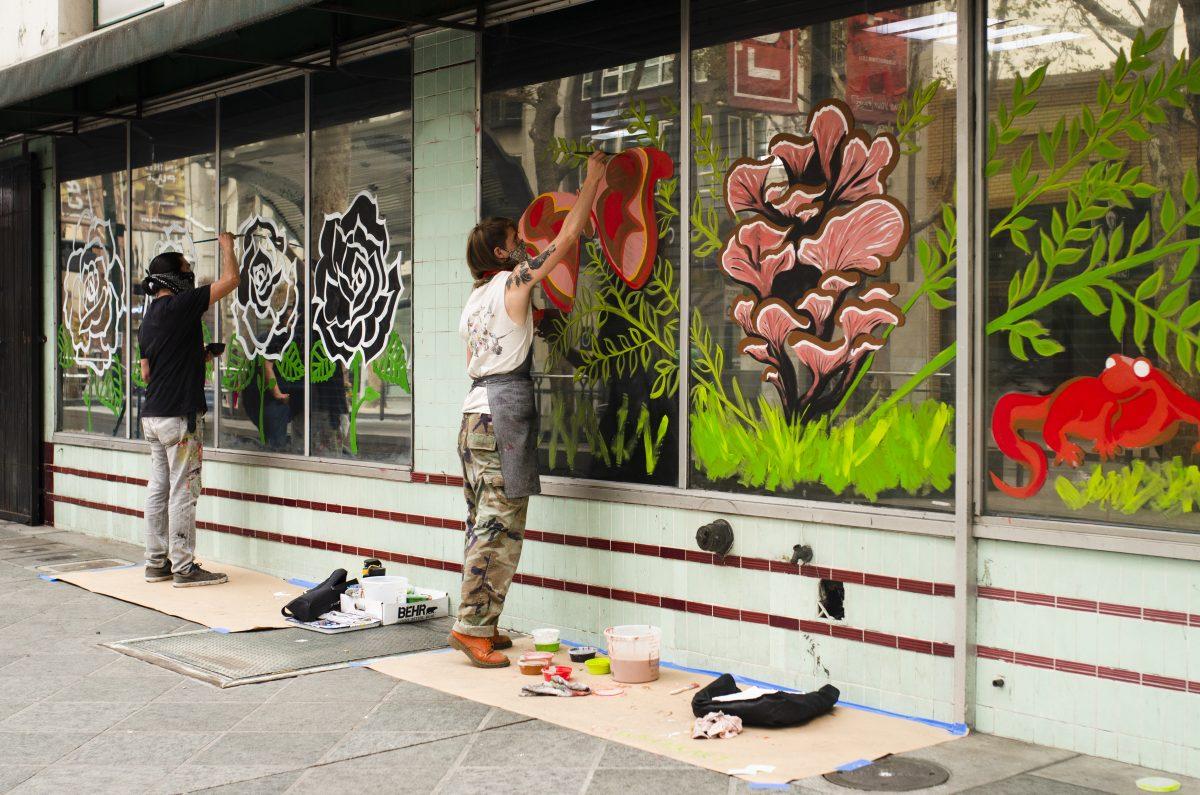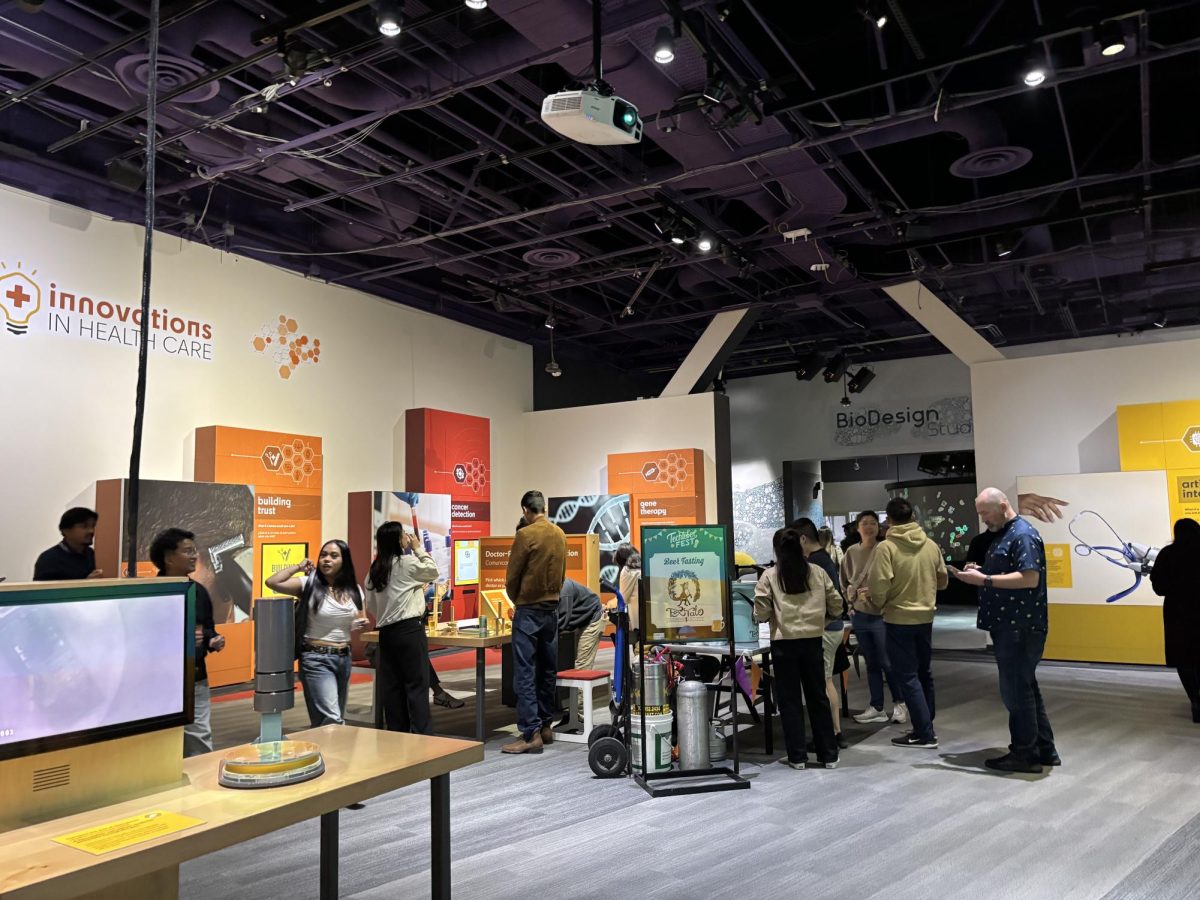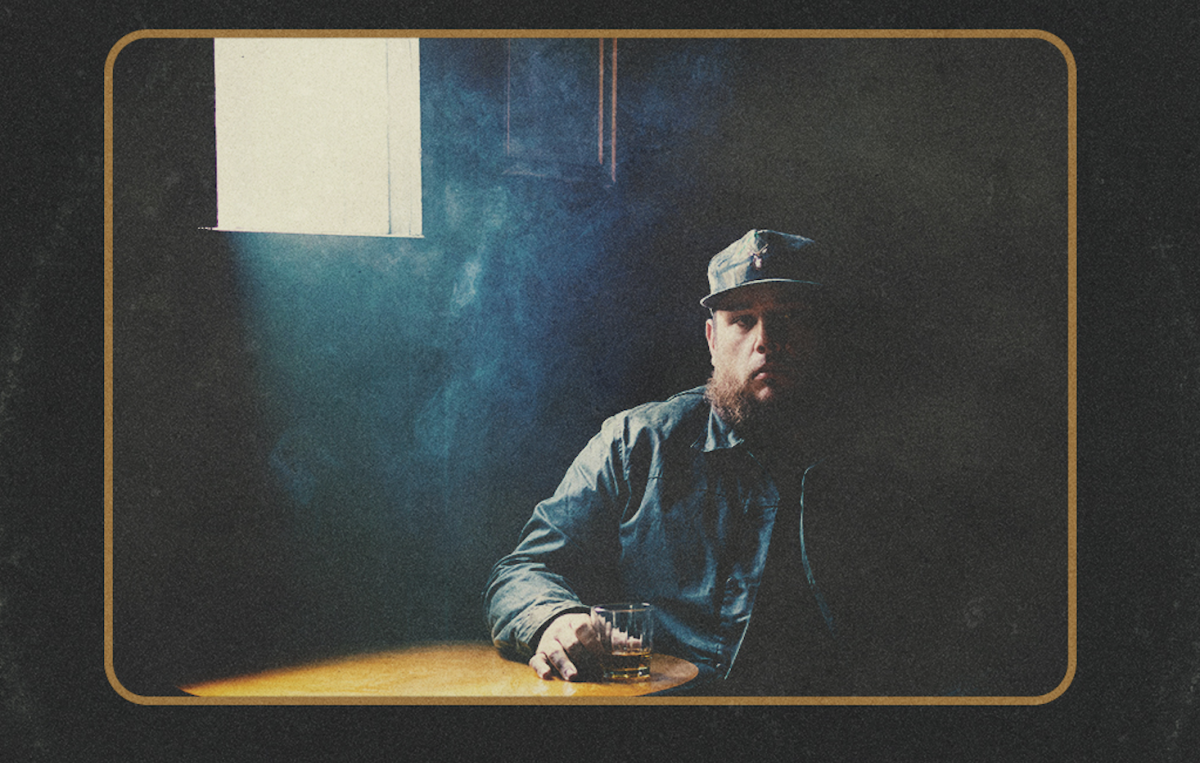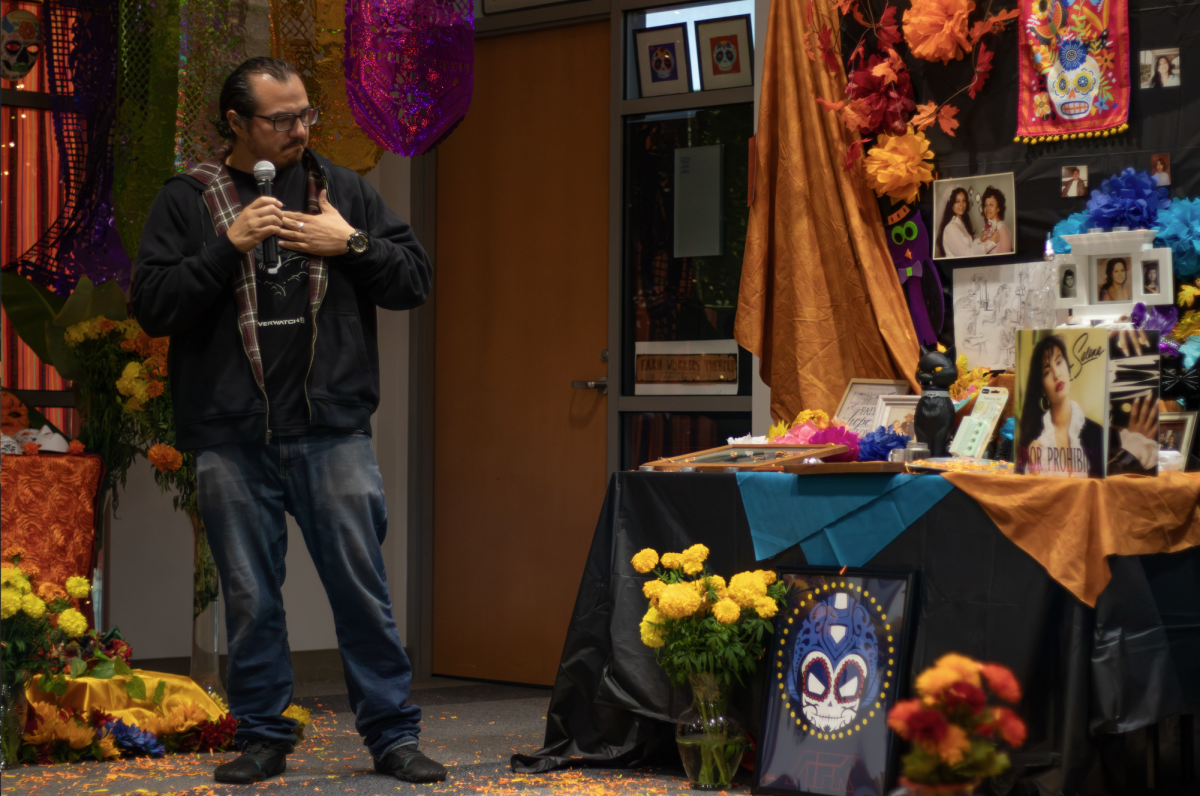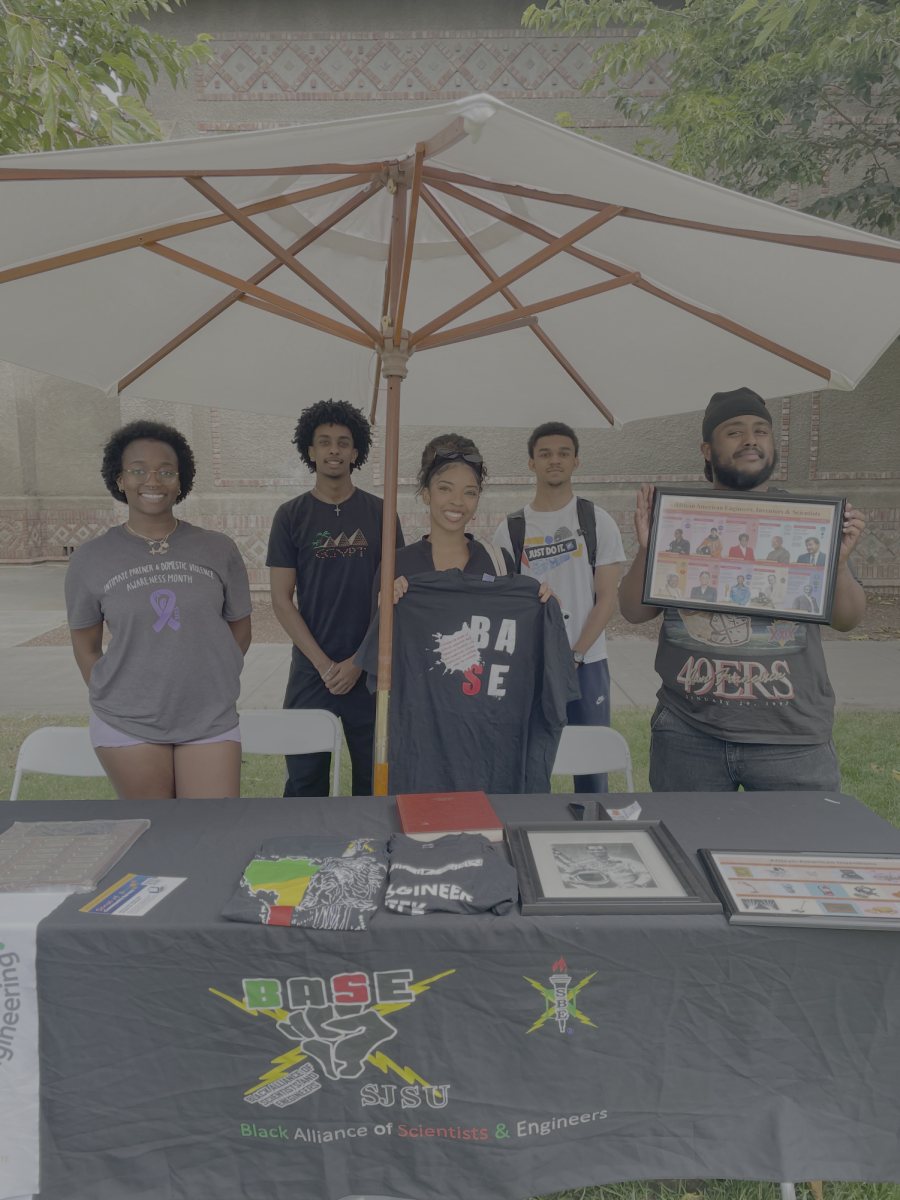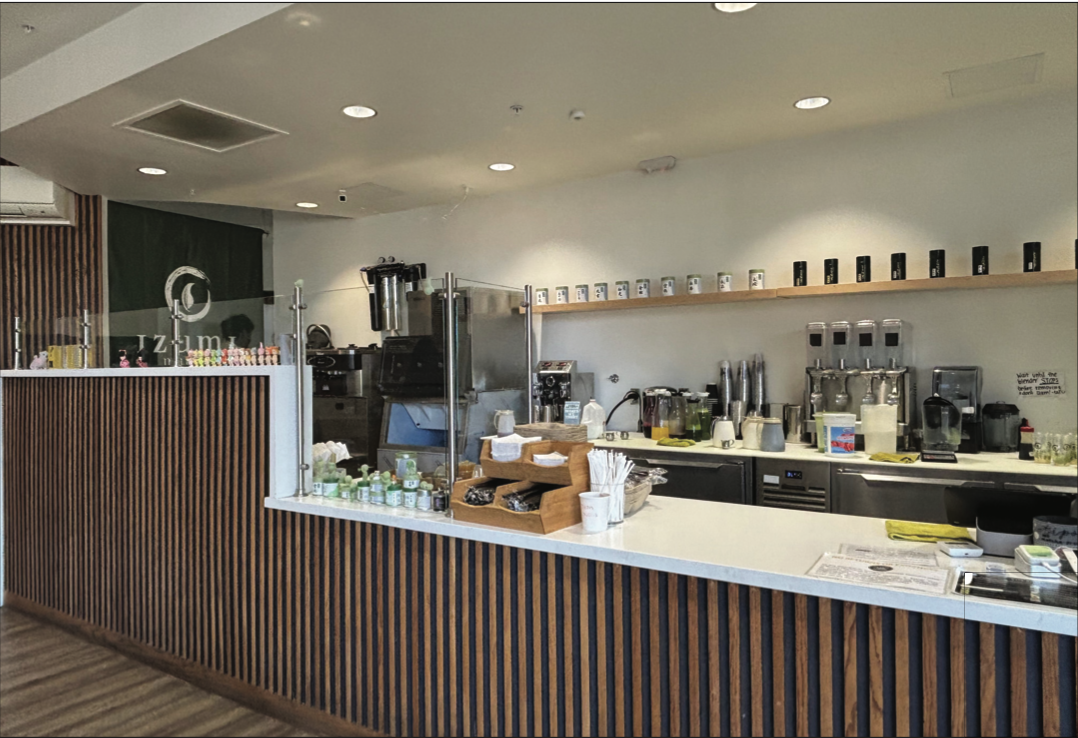Despite the smoke-filled air and hazy apocalyptic-like skies caused by the recent wildfires, the streets of Downtown San Jose were brought back to life with colorful window art across storefronts.
Over the weekend, Local Color, a self-described woman-led nonprofit seeking to provide economic opportunities for South Bay artists, hosted a three-day window painting event called Hella Gardens.
The botanical-themed art party incorporated aspects of nature to a completely urbanized downtown area, while beautifying the windows of currently closed businesses and permanently vacant shops.
Lou Jimenez, a San Jose State art history junior and Local Color artist, painted a calming organic piece she worked on throughout the weekend.
“[I was trying] to go for something a little bit more vintage [and] do something softer,” Jimenez said. “[Like if you] put a couch right in front of the piece, [it] makes you want to smoke a cigarette. Just something mellow.”
Many artists saw the event as an opportunity to change the ambiance of downtown and Jimenez attempted to convey a more soothing environment with her art.
“This suits me, so I figured it might suit folks that are actually from this block. This is their street, this is our home,” Jimenez said. “I wanted to do that for them.”
Local Color started in 2016 as a way to establish a community space for artists to come together and collaborate with each other.
Since then, the nonprofit has contracted artists to add liveliness to otherwise bland San Jose buildings.
Permanently closed businesses are frequently targeted by Local Color to be transformed into visual art structures.
Artists at the event were assigned to abandoned storefronts throughout downtown and were encouraged to incorporate hidden bugs in their pieces for a simultaneous I Spy game available for the public to participate in throughout the event.
Using the hashtag “#hellagardens,” members of the community were invited to stroll by the makeshift exhibits to experience the new ambiance and to find the hidden bugs.
Despite the unhealthy air quality, artists were still committed to creating and displaying their murals.
Twenty pre-selected South Bay artists were each paid $425 for their work and were provided meals from supporting organizations and establishments.
One of those organizations included San Jose Downtown Association, which according to its website, strives to provide Downtown San Jose with a vibrant atmosphere for its residents and businesses through community events.
Many of the artists said the distinct nature of the event captivated the art community while enhancing its interactive engagement.
“When people see us actually in the act of working, it’s kind of fun,” said Paige Mason, one of the artists at the event. “We have some conversation, it gives me a chance to say ‘check out Local Color. Local art. Local people.’ ”
Mason has worked with Local Color for the last two years and has also contributed to several other art pieces.
The “100 Block” mural, located on First Street and San Carlos Street, was among those projects.
The gigantic mural is known for its vibrant, contrasting patterns all the way down the street.
Each 3-by-3 square contains unique art from 100 contributing artists resulting in a massive mural.
Community members have regarded it as one of the most recognized pieces in the city and was submitted to Guinness World Records for “largest collaborative mural.”
This weekend, Mason continued working with Local Color and created a lively chrysanthemum flower piece on the windows of an empty business.
She said her inspiration for the flora and fauna piece was her love for drawing hair.
“So for me, I was going more for the texture,” Mason said. “I also love drawing hair. I wanted to do something reminiscent to me, like poofy hair.”
With smoke from fires adding to the bleakness of an empty downtown, the green in her piece stood out.
Many artists also expressed gratitude for the paid opportunity from Local Color.
Artist Leila Ziyalan, who worked on a floral piece directly across from the Santa Clara Valley Transportation Authority (VTA) station on Second Street and Santa Clara Street, was thankful to have a commissioned piece.
“They focus on mainly keeping artists employed. I feel like a lot of us don’t find much work so they focus on finding ways to keep us busy [and] give us the work that we can’t find right now,” Ziyalan said. “Most places don’t really want to be spending the money on paying for things like art.”
According to San Jose’s Public Art Program, 1% of city capital is used for budgeting commissions, purchasing and artwork installations.
Despite the city’s lack of funding, Local Color artists have continued their craft as an escape from reality during these isolated times.
“It’s very important for mental health, especially when we’re in stressful times like with COVID, smoke and everything,” said Wesley Haack, an artist and first-time Local Color contributor. “When you’re stuck inside, art is a way to make inside become so much more. The possibilities are endless. I’m appreciative of Local Color and what they do.”



